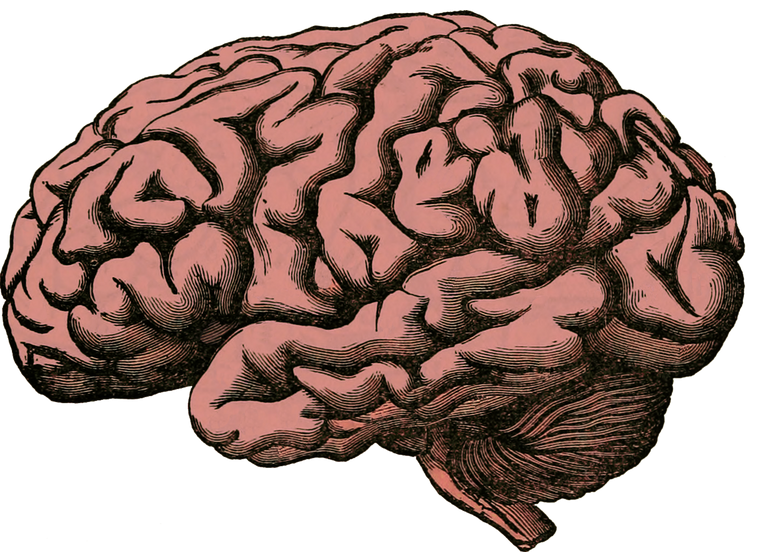While the human brain is an attractive study subject it is also extremely unsuitable for research. It is hard to study something we decided to ban studying. But this is where cerebral organoids come into play.

- Be also sure to check out my other posts and follow me @kralizec and subscribe to my Youtube channel at Kralizec Gaming Youtube Channel
Image by holdentrils from Pixabay
Trying to unravel the mysteries of the human brain – a thing that our kind seems to care about the most – has been the holy grail of neuroscience for quite some time now. And while we happily study pretty much all other species on the planet we have decided that studying ourselves is a bad thing at least when it comes to invasive experiments. This creates an almost comical tension between the desires of experts and sometimes even the public and the possibilities science can actually use. But luckily, we have organoids which we can grow in Petri dishes. Even organoids of human brains. And so far, their research hasn't been banned.
Thus, a team of researchers from the German Max Planck Institute for Evolutionary Anthropology in Leipzig, the Swiss Institute of Molecular and Clinical Ophthalmology in Basel, and the Swiss ETH Zurich was allowed to take Petri dishes, grow cerebral organoids and then study and compare them without trouble. This approach showed to be very fruitful and unique features of the human embryonic brain development very discovered and they show how we differ from our closet animal relatives.
Since the human evolution line separated from chimpanzees – about 6-8 million years ago – the human brain has changed by a lot. It is very obvious. But at the same time, we have no idea what genetic and evolutionary processes played the key role. The cerebral organoids should help us fix that.
Sabina Kanton from the Max Planck Institute for Evolutionary Anthropology and her coworkers analyzed the evolution of cerebral organoids grown from stem cells. The observed the expression and regulation of genes using the Single-cell RNA sequencing (scRNA-seq) and Assay for Transposase-Accessible Chromatin using sequencing (ATAC-seq) methods. And they studied cerebral organoids of humans, chimpanzees, and macaques.
The results of the research show that at the same point of the brains development the neurons of the cerebral cortex of the organoids of chimpanzees and macaques and more mature than the neurons of human cerebral organoids. All seems to indicate that human neurons develop slower compared to the other two studied primates.
The authors of the study also focused on the expression of genes in the prefrontal cortex. This is the part of the brain that is much larger in human brains and seems to be the key to complex cognitive behavior also sometimes called thinking. The researchers found a large number of changes in gene expressions during embryonic development which differ from our closest relatives.
While we are still at the very start of using cerebral organoids to help us understand the brain. But already it seems promising. And maybe little spitballs of brain on Petri dishes will teach us how the human brain came to be.
Sources:
- https://www.mpg.de/14000086/how-human-brain-development-diverged-from-great-apes
- https://www.ncbi.nlm.nih.gov/pubmed/31619793
- If you like the content I’m producing about science maybe you will like the content I produce about gaming as well! Be sure to check out my other posts!
@tipu curate
Upvoted 👌 (Mana: 15/20)
This post is manually curated by @dblog.supporter.
Visit https://dblog.io now! This is a tribe for all bloggers on Steem blockchain.